A Quick Guide On Debt Recovery
What is debt recovery?
In legal terms, it is a process that allows you (as a creditor) to recover the debts that are owed to you (legally) by individuals or companies (“debtors”) arising from a breach of contract for service, contract for sale and purchase, loan agreement, etc.
PRELIMINARIES
If your debtor is an Individual
- Run an NRIC search with the National Registration Department (NRD) to ascertain the registered address of the debtor.
- Run a bankruptcy search with the Malaysian Insolvency Department (MID) to determine the status of the debtor.
- Engage a lawyer to send a Letter of Demand to the debtor at his/her registered address specifying the debt in question and the period the debtor is to settle the debt.
If your debtor is a Corporate Entity or Organisation
Similarly, do a company search via the Companies Commission of Malaysia (CCM) website to ascertain the business and registration address and engage a lawyer to send a Letter of Demand to the debtor at his/her registered address.
**Do take note that:
- All the searches mentioned above require the creditor searching for the information to pay a certain amount to the relevant department before the information is handed over to the creditor;
- And the results of the searches may be available to the creditor immediately or it may take a couple of days before the creditor is able to access/ obtain the information that he is looking for.
What is the time limit to file such a claim?
6 years from the time of which the event of default started. If judgment is successfully obtained, a creditor has 12 years to enforce the judgment against the debtor.
The process for filing such a claim
A claim is to be filed via a Writ of Summons together with a Statement of Claim in court against the debtor. The creditor must provide evidence of the debt due and owing, including the Letter of Demand mentioned earlier that was sent to the debtor.
Once the Writ is sealed, i.e. approved by the court, you will have to send the relevant legal documents alongside a letter to the debtor, requesting the debtor to enter an appearance in court to contest the claim.
At this juncture:
If the debtor enters appearance
- A normal trial will commence and judgment will be awarded by the court based on the merits of the evidence provided by both parties.
- Alternatively, a creditor may choose to file an application for Summary Judgment against the debtor. This option is usually taken in straightforward cases whereby there is clear documentary proof against the debtor.
If the debtor does not enter appearance
The creditor can obtain a Judgment in Default against the debtor. This may also apply to debtors who could not be located or are evading the legal action.
What happens if a creditor successfully obtains a judgment against the debtor? What next?
The creditor must commence execution proceedings such as filing for petitions for winding-up or bankruptcy or proceed with filing a writ of seizure and sale.
**The fastest process is through the filing of a Summary Judgment against the debtor. We will deal with the methods in another article.

